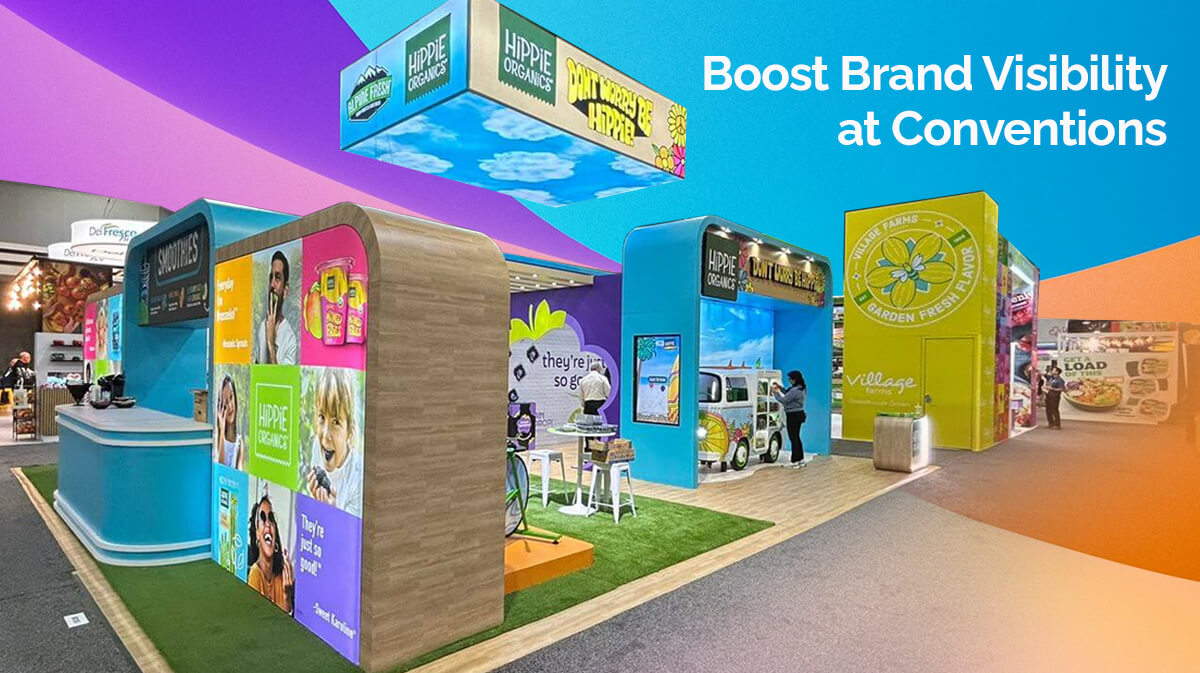
How to Create Memorable Brand Experiences?
Exhibiting at a convention is an excellent way to engage in face-to-face conversations with potential leads and get more visibility for your brand. On a crowded convention floor, however, it can be a challenge to stand out from the competition.
To make the most of your next convention exhibit, consider the following advice for boosting your brand and creating a brand experience that will make a lasting impression on attendees.
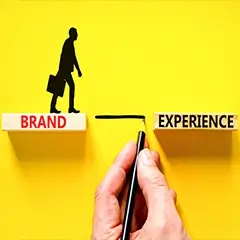 What Is A Brand Experience?
What Is A Brand Experience?
The term “brand experience” refers to all the ways that consumers interact with a brand, such as examining and using products, seeing colors and images associated with the brand, hearing slogans or other brand messages, or talking with a brand representative.
All of these details provoke thoughts and feelings that become associated with the brand. When a consumer has a positive brand experience, he or she is more likely to become a loyal and satisfied customer. Thus, the brand experience is a key element of an exhibit, and it should be a guiding factor in the planning process.
Start By Establishing Your Goals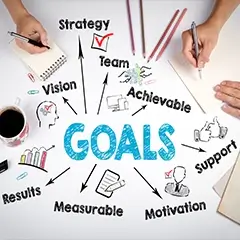
A convention provides an ideal audience of people who are already interested in and maybe even actively looking for the products or services you have to offer. Even better, a large number of attendees at a typical convention allows you to connect with many more potential leads than you would ordinarily reach in a few days’ time.
However, an exhibit also requires an investment of time and other resources, so it’s important to start the planning process with a clear picture of the goals you want to accomplish.
For example, your main goal might be to generate new leads for your business. On the other hand, you may want to introduce a new product or build brand awareness. Other goals might include networking with other professionals in your field and learning from the competition. Once you know what your goals for a convention are, you can think about how the brand experience you offer can help you meet those goals.
Make Strategic Decisions About Where To Exhibit
Exhibiting at a convention provides benefits that no other form of marketing can offer. However, when choosing which conventions or other professional events to attend, it’s important to keep your potential return on investment at the forefront of your planning.
First of all, you need to consider your budget and decide whether it makes more sense to invest money in a few large events or to aim for broader exposure by attending more smaller events at a lower cost each.
To determine how well an event fits your goals, you can look up a list of exhibitors and key note speakers from past events to get a better idea of the audience you’re likely to encounter. In addition, find out if there are any other marketing opportunities available, such as the chance to speak at a seminar or to get a mention in the event’s newsletter.
Finally, you’ll be able to maximize your return on investment if you can get a prime spot on the exhibition floor. An excellent location at a smaller convention might be worth more than a less visible spot at a more prestigious event.
Market Your Exhibit In Advance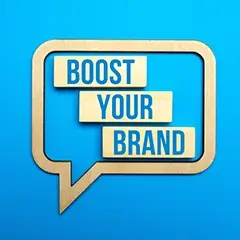
One of the best ways to boost your brand at a convention is to let people know where you’ll be. In addition to posting announcements and updates on your website and social media accounts, you can send personal invitations to all of your contacts who are likely to be in attendance. Make sure to include your booth location and contact information.
Remember that your online presence is one of the ways that your target audience experiences your brand, and your event-related content can reinforce the relevance of your brand to event attendees.
Some specific advance marketing strategies can include photo and video previews of your booth, surveys, rewards for liking or sharing a post, and announcements about contests and giveaways that will be held during the convention.
 Research Your Audience
Research Your Audience
Like any other form of marketing, generating leads at an exhibition depends on a deep understanding of your audience. The first step in getting to know your audience is to research the event itself. Look at past and present themes, keynote speakers, conference sessions, and exhibitors. These details will give you an idea of who the event is targeting and what types of attendees are participating.
Consider whether attendees are likely to be direct consumers of your product or decision makers for their organization. Are audience members likely to be seeking out new knowledge and innovations in the field or are they more likely searching for solutions to problems they’re currently facing?
What do they need help with, and what do they hope to learn more about? Answering these questions can help you to target your brand experience to the types of individuals you’re most likely to encounter.
Train Your Team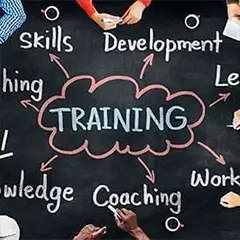
The team of representatives who talk with visitors to your booth is perhaps the most impactful aspect of your brand experience. First of all, staff members should visually represent your brand by wearing branded apparel and a name badge. Guests need to know whom to ask for information.
In addition, staff members represent the personality of the brand. Staff members’ friendliness, openness, and humor, for example, are all part of the brand experience your booth provides.
In addition, all staff members should be trained to interact with attendees in a positive and engaging way, to listen to their questions or concerns, and to respond with clear and consistent information. Booth staff should anticipate questions and develop answers well in advance of the event.
It’s important to select a team of individuals who can keep up a friendly and enthusiastic demeanor for hours at a time.
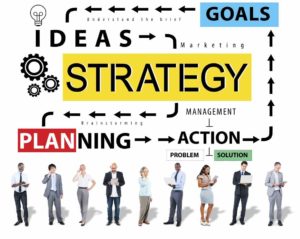 Develop A Strategy For Your Booth
Develop A Strategy For Your Booth
When you’re planning for an exhibit, it’s important to have an overall strategy for your booth. If you’re a new exhibitor, you’ll need to consider whether to rent or purchase a custom-designed booth. Once that decision is made, the main things to think about our location and function.
Just as in any other form of real estate, the location of your booth is key to your visibility. Prime spots in view of the entrance may get taken early, sometimes as much as a year in advance, so make your reservation as early as you can. When selecting a spot, consider the main traffic patterns through the exhibition space and try to get a location that visitors will pass on their way to a meal, to the restroom, or to a conference room.
But bear in mind that details like extra lighting, elevated visual elements, and a creative approach to booth design can help you reach visitors’ eyes even if you’re not in an ideal spot.
Besides location, think about how you want to use your space and make sure your booth has the proper configuration. For example, you may need a certain amount of open space within the booth for doing a live demonstration.
You may want to include a small lounge area with coffee, water, and snacks where visitors can relax. You may want a closed-off area of your booth for private meetings. The way visitors use your space is another important part of the brand experience you offer.
Design Your Booth With Brand Experience In Mind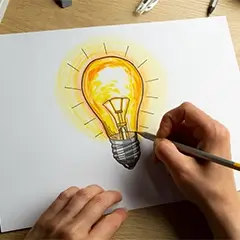
The goals of booth design should be two-fold: you need to capture attention, and you need to offer a high-quality, memorable brand experience. While location can win half the battle for visitors’ attention, you also need to incorporate design elements that will make your booth stand out.
Oversized visuals, track or spotlighting, or a large-screen video display can draw attention even to a poorly situated booth. In addition, try to use creative approaches that offer something unexpected and entertaining to attract visitors, such as a live demonstration or performance of some kind, a mini-photo booth, free samples, games, or some form of interactive technology.
You also need to make sure that your brand is visible in all aspects of your trade show booth design. Display colors, logos, and images that reflect your brand and leave a lasting impression on visitors. Reinforce your visuals with branded giveaways, like t-shirts, hats, lanyards, or other promotional items.
In addition, you can display videos that tell the stories about your brand that you want your visitors to remember. Other effective brand experience elements might include the use of humor, the tactile experience of your product, aromas, and sounds.
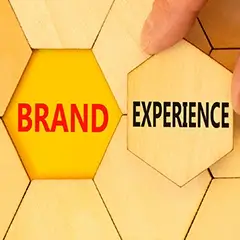
Technology can enhance your presence and brand experience in many ways. For one thing, providing digital content for visitors to explore can allow you to reach more people at a time and provide a more personalized experience.
Tablets paired with noise-canceling or noise-reducing headphones are a great way to offer digital slide shows, videos, games, and other content that will give users a chance to learn about your brand.
Technology in the form of interactive video games or arcade-style games, virtual reality, and super-sized video displays also work to grab visitors’ attention and draw them to your booth. Once visitors are captivated, you can use digital tools to capture their information.
However, it can be risky to rely on an internet connection or wi-fi, which may be spotty at a large event. Instead, plan on using primarily offline content for educational or entertainment purposes and use mobile apps for communication and information gathering.
Keep Up The Social Media Marketing Both During And After The Event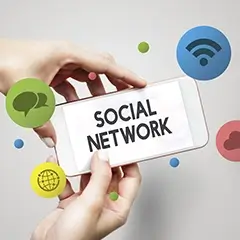
Social media marketing for your booth shouldn’t end when the conference begins. In fact, social media tools are a great way to get visitors to your booth and keep your prospects engaged. The following are some of the ways to use social media effectively.
Use the event hashtag as well as a personal hashtag for your booth to tag all social media posts.
Post photos and videos featuring some of your visitors.
Offer special rewards to people who visit your booth, who share your status, or who use your tag in their own update.
Post questions from attendees along with your answers
If you’re featuring a live demonstration, social media is a great way to build hype for that event.
Announce new contests or special events at your booth throughout the day.
Finally, keep the marketing going after the event is over by asking for feedback from attendees.
Many exhibitors find it worthwhile to have one staff member who is dedicated to managing social media marketing throughout the event.
 Learn From Your Experience
Learn From Your Experience
During the conference, collect as much data as you can about your attendees and use that information to help you plan your next exhibit. The most relevant metrics will depend on your goals. If your primary goal is to sell products, for example, you’ll want to know exactly how many sales you made both during and after the event.
If your goal is to raise awareness of your brand, on the other hand, you’ll want to consider how many and what types of people visited your booth and shared their contact information.
Audience feedback can be a valuable qualitative metric as well – ask your visitors about their overall experience and listen to the interests and concerns they express. Email a survey to all your visitors as soon as possible after the event to get their immediate impressions.
Finally, learn from the competition at every event. By observing other exhibitors and networking with them, you can also learn from their mistakes and successes.
Start Planning For The Next Event
With the information you glean from these sources, you can identify what aspects of your overall strategy and brand experience worked well, and what you can improve on.
By continually fine-tuning your exhibit and targeting each unique audience, you’ll be able to maximize your return on investment and make a lasting impact on your potential customers.
